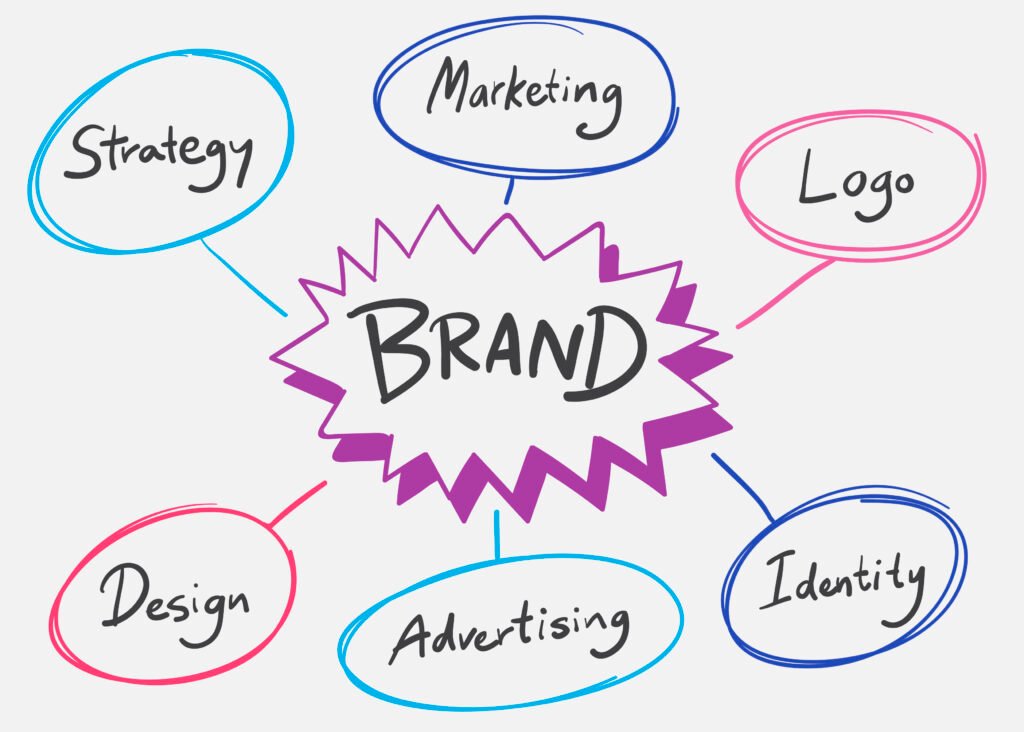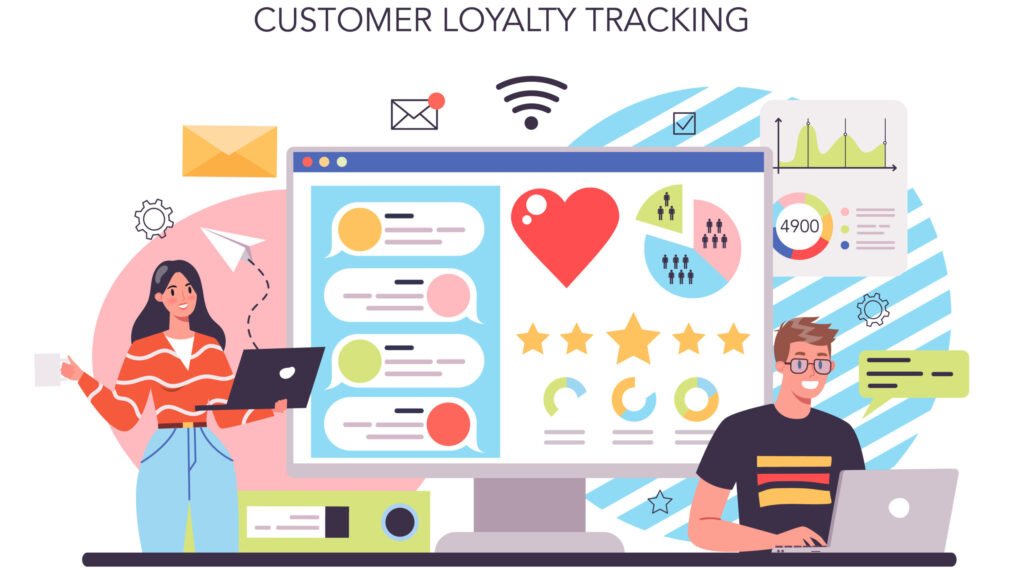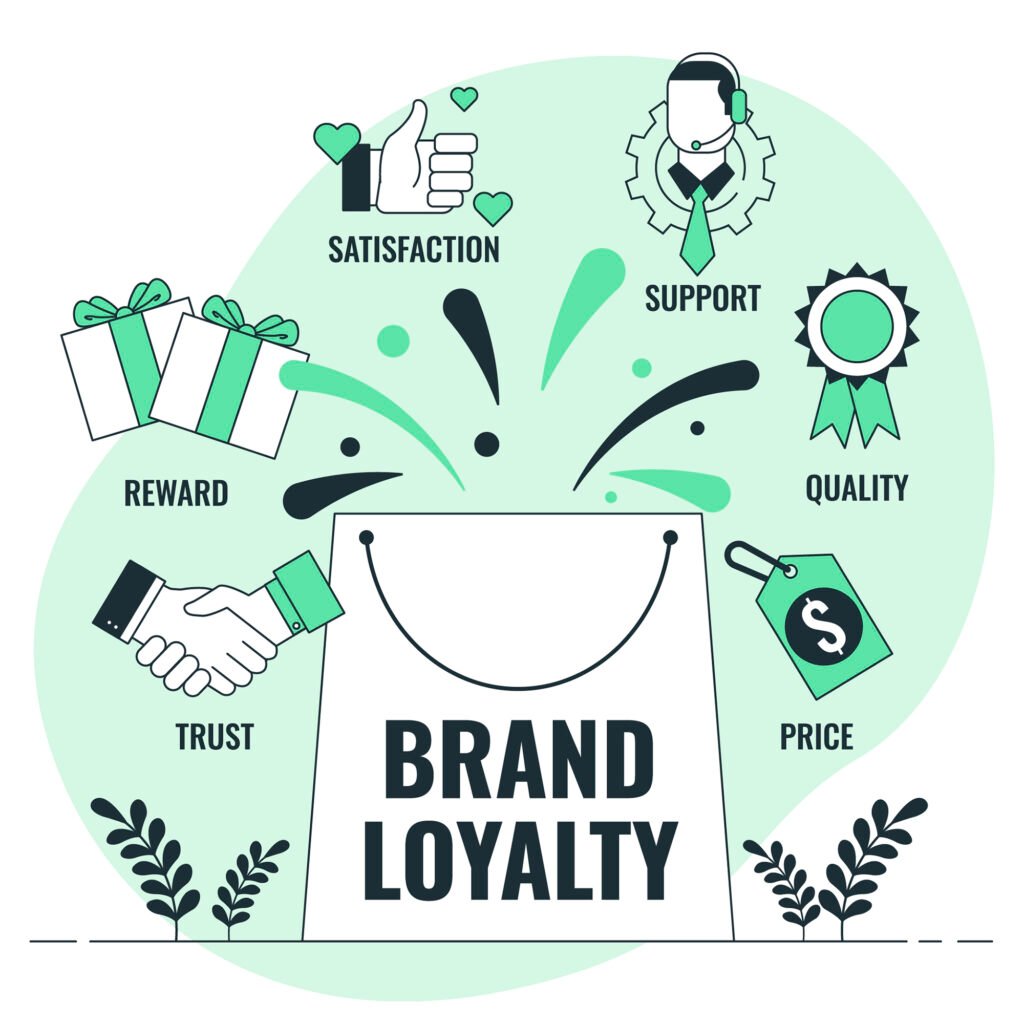Branding 101: A Business Owner’s Guide to Building a Powerful Brand

Introduction
Branding is more than just a logo or a catchy tagline. It’s the identity, perception, and emotional connection that customers have with a business. Whether you’re launching a startup, scaling an existing company, or redefining your market presence, branding is the key to long-term success. In this guide, we’ll explore the essential components of branding, when and why it’s needed, and the steps to create a lasting brand identity.
What is Branding?
Understanding Its True Value

Branding is the process of shaping how your business is perceived. It’s about crafting an identity that resonates with your audience, fosters trust, and differentiates you from competitors.
Imagine branding as your business’s reputation—what people say about you when you’re not in the room. Strong branding ensures that customers recognize, trust, and prefer your products or services over others.
Why Branding Matters for Your Business
- Recognition & Recall: A well-defined brand is instantly recognizable. Think of how Apple’s bitten apple logo or McDonald’s golden arches are universally known.
- Trust & Credibility: Customers are more likely to buy from brands they trust. Strong branding conveys professionalism and reliability.
- Premium Pricing Power: Companies like Nike or Rolex can charge higher prices because of their strong brand equity.
- Easier Marketing & Customer Retention: A distinct brand makes marketing efforts more effective and increases customer loyalty.
Common Misconceptions About Branding
- “Branding is only for big businesses.” This couldn’t be further from the truth. While large corporations certainly invest heavily in branding, it’s equally crucial for small businesses. In a competitive market, effective branding helps small businesses differentiate themselves, attract customers, and build loyalty, regardless of their size. Think of it as your business’s personality – it needs to shine through no matter how big or small you are.
- “A logo is enough for branding.” A logo is a part of your brand identity, but it’s not the whole story. Branding is a much broader concept that encompasses your messaging (how you communicate your value), the customer experience (every interaction a customer has with your business), and the overall perception of your company in the market. A great logo is important, but it’s just one piece of the puzzle. Your brand is the complete picture, not just a single image.
- “Once done, branding doesn’t need changes.” The business world is constantly evolving. Consumer preferences shift, new competitors emerge, and market trends change. Your branding needs to adapt to these changes to remain relevant and competitive. Regular brand audits are essential to ensure your brand stays aligned with your target audience and continues to resonate in the marketplace. Think of your brand as a living thing – it needs nurturing and adjustments to thrive.
When is Branding Needed?
Branding is crucial at every stage of a business. Whether you’re just starting or have been in the industry for decades, branding plays a pivotal role.
In Startups: Laying the Foundation
For new businesses, branding sets the tone for how potential customers perceive you. Defining your brand early on ensures consistency in marketing efforts and builds trust from the start.
When Growing Businesses: Refining and Expanding the Brand
As businesses expand, their brand needs to evolve. A company entering new markets or launching new products should revisit branding to ensure consistency and relevance.
In Established Businesses: Staying Relevant and Competitive
Even well-known brands must refresh their identity to stay aligned with modern trends. Companies like Starbucks and Coca-Cola have periodically refined their branding while maintaining core identity elements.
Triggers for Rebranding
- Mergers or acquisitions
- Expanding to new markets
- Changing customer demographics
- Negative brand perception
- Outdated visual identity

What Does Branding Include?

Branding encompasses multiple elements, from visual identity to customer interaction. Here’s a breakdown:
Brand Identity: Defining Your Visual and Conceptual Foundation
Brand identity is the visual and conceptual representation of your business that helps establish recognition and trust. At its core, a logo serves as a distinctive mark, making your brand easily recognizable. The color palette plays a crucial role in evoking emotions—blue conveys trust and professionalism, while red sparks energy and excitement. Alongside colors, typography influences brand perception; clean, modern fonts suggest innovation, while classic serif fonts exude tradition and reliability. Additionally, design elements such as patterns, icons, and imagery reinforce a cohesive visual identity, ensuring consistency across marketing materials, websites, and product packaging. When all these elements work together harmoniously, they create a strong and memorable brand identity.
Brand Presence:
Strengthening Visibility Across Platforms
Brand presence determines how well your business is recognized and engaged with across different channels. A strong Google presence achieved through SEO optimization ensures that potential customers find your business when searching for relevant services. A website serves as the digital home of your brand—mobile-friendly, well-structured, and informative, it strengthens credibility and trust. Social media platforms further enhance visibility; consistent branding across Instagram, LinkedIn, Twitter, and other platforms increases recognition and audience engagement. Beyond digital spaces, catalogs and packaging contribute to brand presence by reinforcing identity through thoughtfully designed physical materials. Even customer service plays a key role—every interaction, whether online or offline, should align with your brand values, ensuring a seamless and positive experience. Together, brand identity and brand presence work hand in hand to create a lasting impact, making your business not only visually appealing but also highly visible and trusted.
Steps to Create a Strong Brand

Understand Your Target Audience
A strong brand begins with knowing who you’re speaking to. Research your audience’s demographics, interests, and behaviors to create detailed customer personas. These insights help tailor your branding, messaging, and marketing strategies for maximum impact.
Analyze Competitors
Understanding your competitors allows you to position your brand effectively. Identify what makes them successful and where they fall short. Use this knowledge to differentiate your brand, ensuring it stands out rather than blending into the crowded market.
Define Your Brand Positioning
Brand positioning defines what sets you apart. Identify your unique strengths and craft a compelling unique value proposition (UVP) that clearly communicates why customers should choose you over competitors. A strong UVP builds trust and loyalty.
Develop Your Brand Story
A meaningful brand story connects emotionally with your audience. Share the mission, values, and inspiration behind your business. For example, TOMS Shoes built its brand on social responsibility by donating a pair of shoes for every pair sold.
Establish Core Brand Values
Your brand values shape your identity and customer relationships. Whether it’s sustainability, innovation, or transparency, aligning your values with your audience’s beliefs builds trust and fosters long-term brand loyalty.
Create a Brand Personality
Every brand has a personality that dictates its tone and style. Is your brand playful and friendly like Innocent Drinks, or professional and authoritative like IBM? Defining your personality ensures consistency in communication, making your brand more relatable.
What Comes After Branding?
Branding sets the foundation, but the real challenge lies in maintaining and growing it. After establishing a brand identity, businesses must focus on strategic efforts to reinforce awareness, ensure consistency, and adapt to evolving market trends.
Digital marketing and promotion play a crucial role in keeping a brand visible. Content marketing, social media engagement, and paid advertising help businesses stay top-of-mind with their audience. Additionally, PR campaigns and influencer collaborations can significantly expand a brand’s reach. Beyond promotion, brand management and audits ensure continuous growth by analyzing performance metrics and customer feedback. To maintain credibility, brand consistency is key—every touchpoint, from visuals to messaging, should align across all platforms.
Branding Mistakes to Avoid


1. Short-Term Thinking
Branding is a long-term investment, not a quick fix. A strong brand takes time to build trust, recognition, and customer loyalty. Rushing for immediate results can lead to inconsistent messaging and a weak brand identity.
2. Inconsistency
Incoherent branding confuses customers and dilutes your message. From your logo and color palette to your tone of voice and customer experience, every touchpoint should align with your brand’s core identity. Consistency builds recognition and trust.
3. Rebranding Too Often
Frequent changes in logos, messaging, or overall brand identity can confuse customers and erode trust. While adapting to market trends is important, drastic or frequent rebranding may signal instability rather than innovation.
4. Lack of Differentiation
Standing out is crucial in a crowded marketplace. If your brand looks, sounds, and feels like everyone else, customers will struggle to remember you. Define a unique value proposition that highlights what sets you apart.
5. Copying Competitors
Imitating successful brands might seem like a shortcut, but it often backfires. Customers value authenticity, and a brand that lacks originality struggles to build a loyal following. Focus on your own strengths and identity.
6. Ignoring Customer Service
Every interaction with a customer shapes your brand reputation. Poor service or negative experiences can spread quickly and damage your brand’s credibility. Excellent customer service reinforces trust and brand loyalty.
7. Not Measuring Branding Success
Branding isn’t just about visuals and messaging—it’s about impact. Track key metrics like brand awareness, customer loyalty, engagement, and conversions to understand what’s working and where to improve. Data-driven insights help refine your strategy.
By avoiding these common branding mistakes, you can build a strong, lasting brand that connects with your audience and stands out in the marketplace.
Measuring Success


1. Brand Awareness:
Brand awareness is about how well your target audience knows and recognizes your brand. A strong brand awareness means people can recall your business when thinking about a product or service in your industry.
- How to Measure: Conduct customer surveys, track social media mentions, analyze website traffic, and assess direct search volume for your brand name.
- Ways to Improve: Invest in digital marketing, collaborate with influencers, create high-quality content, leverage SEO strategies, and engage in community-building activities.
- How Much is Good? Ideally, your brand should have a high percentage of direct searches, repeated mentions on social media, and consistent brand recall in customer surveys.
2. Brand Recognition:
Brand recognition refers to how easily consumers can identify your brand through visual and sensory elements like your logo, colors, typography, or even a jingle.
- How to Measure: Run brand recognition tests through A/B testing, social media quizzes, and customer feedback forms.
- Ways to Improve: Maintain consistency in your branding across all platforms, use eye-catching visual elements, and create a strong and unique brand identity.
- How Much is Good? Your brand assets (logo, colors, packaging) should be instantly recognizable to at least 70-80% of your target audience.
3. Brand Recall:
Brand recall determines whether customers remember your brand when they think of a specific category of products or services.
- How to Measure: Conduct unaided brand recall surveys, monitor organic search trends, and analyze customer responses.
- Ways to Improve: Invest in top-of-mind advertising, create memorable taglines, and establish an emotional connection through storytelling and customer engagement.
- How Much is Good? A high brand recall percentage (above 60%) in unaided surveys shows strong brand positioning in your industry.
4. Customer Loyalty & Sentiment:
Customer loyalty and sentiment indicate how positively customers perceive your brand and whether they are willing to return for repeat purchases.
- How to Measure: Track online reviews, referrals, repeat customer rates, and Net Promoter Scores (NPS).
- Ways to Improve: Provide exceptional customer service, offer loyalty programs, engage with customers on social media, and personalize customer experiences.
- How Much is Good? A high NPS (above 50), strong retention rates, and consistent referrals are signs of strong customer loyalty and positive sentiment.
5. Market Share & Sales Growth:
Market share reflects your brand’s position in the industry compared to competitors, while sales growth indicates financial success driven by branding efforts.
- How to Measure: Compare sales figures with competitors, track revenue growth, and analyze industry benchmarks.
- Ways to Improve: Differentiate your brand, refine pricing strategies, expand distribution channels, and leverage strategic partnerships.
- How Much is Good? Maintaining or increasing market share while achieving a steady annual sales growth rate of at least 10-20% signals a strong brand impact.
By consistently tracking and refining these metrics, businesses can strengthen their brand presence, boost customer engagement, and drive long-term success.
Final Thoughts
Branding isn’t just about looking good—it’s about creating a meaningful connection with customers. A strong brand builds trust, drives sales, and ensures long-term business success. Whether you’re starting from scratch or refining your existing brand, investing in branding is one of the most valuable decisions a business owner can make.
At Creo Elements LLP, we help businesses craft compelling brands that leave a lasting impact. Need help defining your brand? Get in touch today!
Introduction
Branding is more than just a logo or a catchy tagline. It’s the identity, perception, and emotional connection that customers have with a business. Whether you’re launching a startup, scaling an existing company, or redefining your market presence, branding is the key to long-term success. In this guide, we’ll explore the essential components of branding, when and why it’s needed, and the steps to create a lasting brand identity.
What is Branding?
Understanding Its True Value